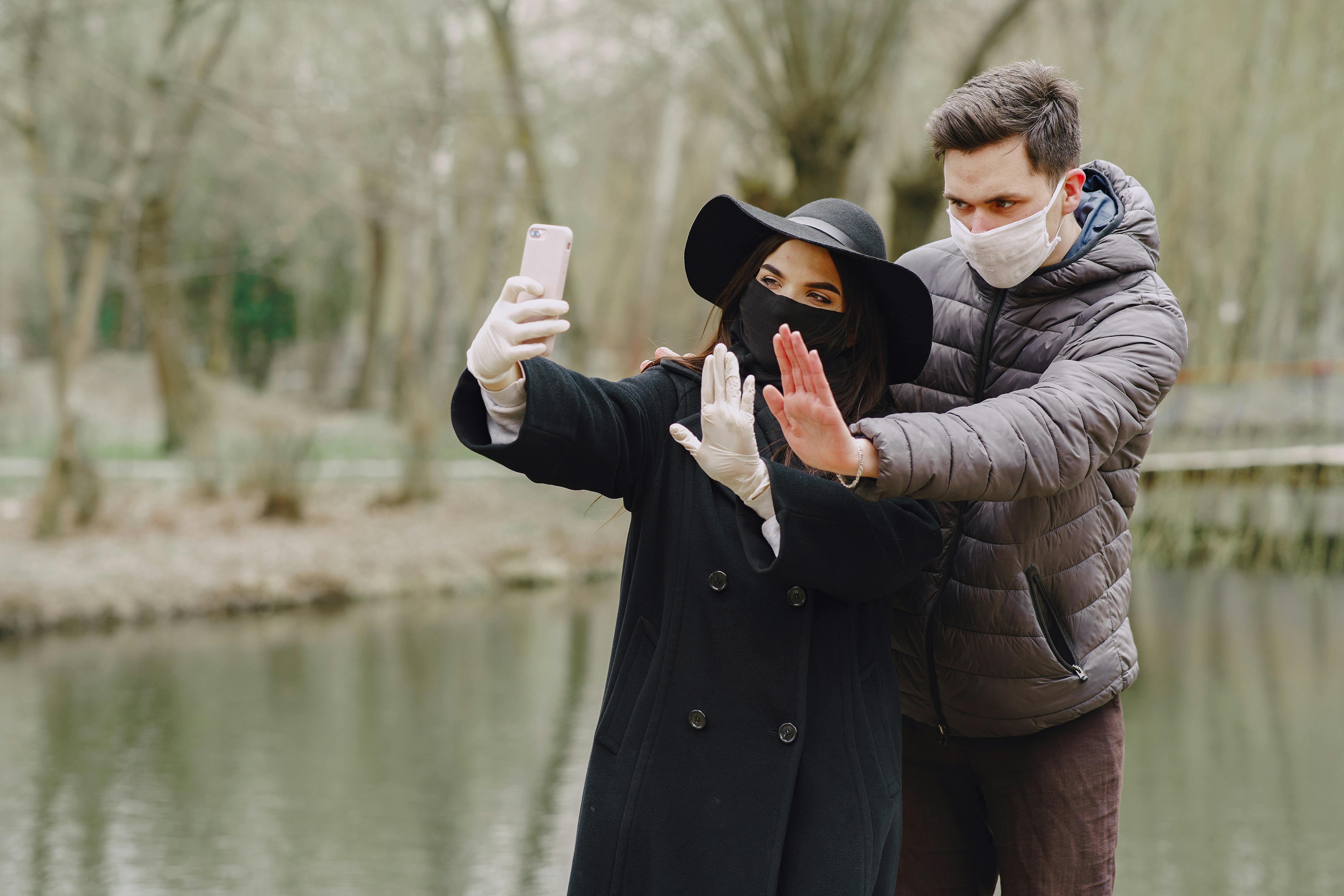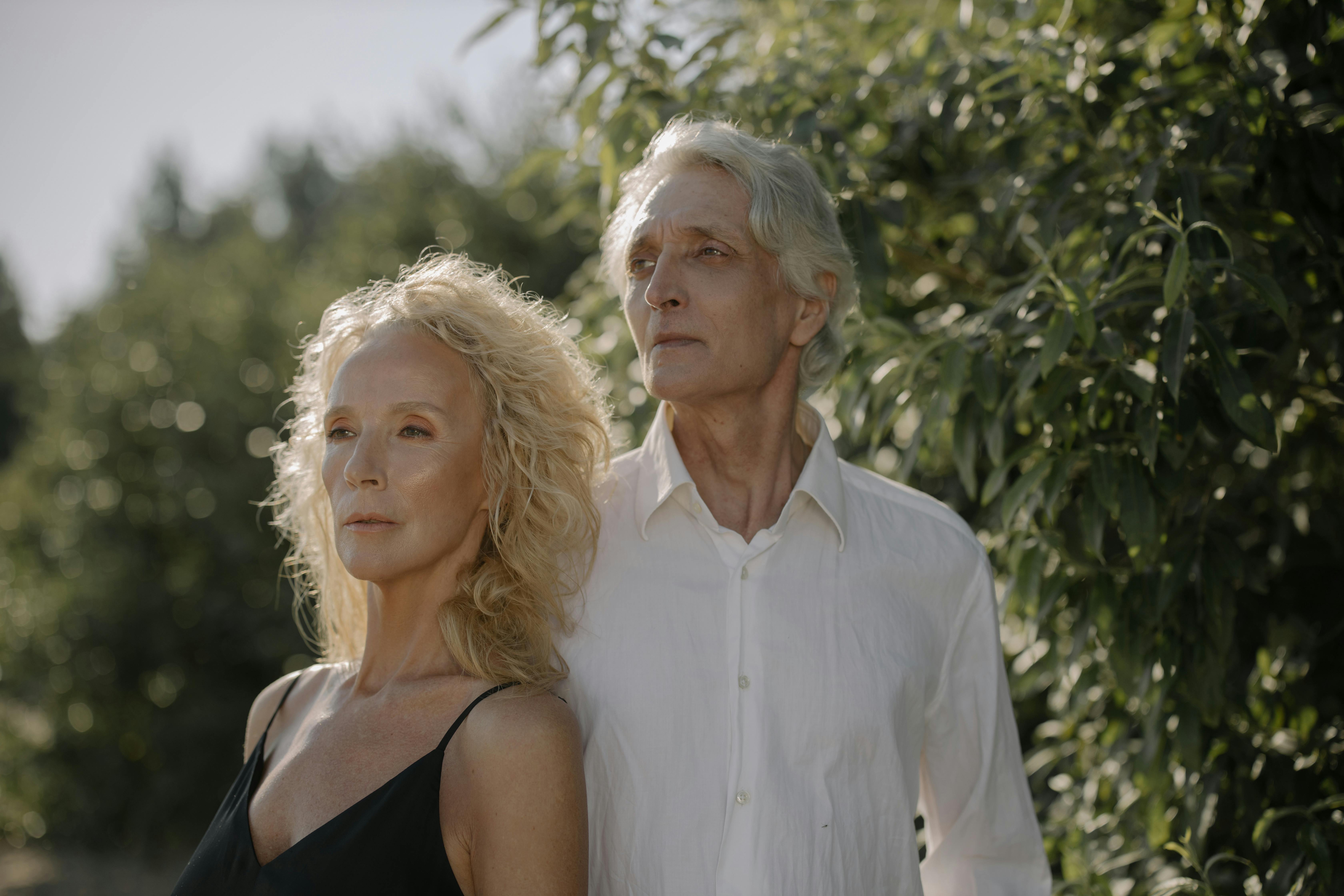Making and enjoying, Rosogulla is a nostalgic trip to the past and a great tribute to my childhood and growing up in a very special place; Asansol in West Bengal. The smell of the wet clay pot that the Rosogulla holds, straight from the sweat meat stores, is invigorating.
There is a lot of mystery surrounding Rosogulla; with respect to their place of origin: West Bengal or Orissa. It is widely believed that in 1868, Nobin Chandra Das of Bagbazar, Kolkata, invented, and became instantly famous; who was later supported by his son KC Das. Eminent historian, J. Padhi has stated that “the Rasgulla is over 600 years old. It is as old as the Rath Yatra in Puri.“. Ratha Yatra is a major Hindu festival associated with Lord Jagannath that takes place in Puri in the state of Orissa, India during the months of June.
Another school of thought: during the revival of Bengal; Between the 19th and early 20th centuries, upper-class Bengalis employed Brahmin cooks from neighboring Orissa, famous for their culinary skills. As a result, many Oriya delicacies were incorporated into Bengali cuisine. It was during this time that Haradhan Maira, a confectioner from Phulia district, Orissa, transferred this knowledge to Kolkata (Calcutta). NC Das modified the original version to extend its lifespan and was thus credited with ‘Sponge Rosogulla’.
CHANGES: Ladikenis – Bhim Nag invented this syrupy, fried Ledikeni which was created for Lady Canning (wife of the Governor General of India, Lord Charles John Canning) and was named after her when she arrived in Calcutta with her husband in 1856, on the electric days before the mutiny of the sepoys
Making “Colored” Festive Rasgulla. The most common colors in use are pink and orange. To make colored Rasgulla, do NOT add food coloring to the milk. Add desired food coloring while kneading cheese. Roshogulla stuffed with Cardamom, Grapes. Add rose water and saffron. Rasagulla is the first cheese-based sweet and is a precursor to many other Bengali sweets: Rasmalai, Pantua, Cham Cham, Sandesh to name a few.
Things you will need: To make Chenna/Paneer (cheese)
- Organic Whole Milk – 1 liter
- Natural Natural Yogurt (1) – 200ml gold
- Lime juice/white vinegar – 2 tablespoons
Yield: 260 grams of Chenna Divide into 12 equal portions
Sugar syrup
- Water – 300ml
- Sugar – 200 grams (add to taste)
Golden Touch Preparation: [Making Cheese – 1 hour 30 mins + 40 mins]
- Bring the milk to a boil in a deep-bottomed nonstick skillet.
- Stir regularly with a wooden spatula to prevent the milk from sticking to the bottom.
- Once boiled, lower the heat; add yogurt. In about 3-5 minutes, curdling begins, separating the whey (2) from the Chenna/Panner/Cheese (3).
- Line a strainer with Cheese Cloth. Leave it there for 1 hour (4).
- Knead the Chenna for about 5 minutes, until you get a soft and smooth dough.
- To test the Chenna preparation, rub a small amount of Chenna on your palms and roll it into a small ball. If the ball holds together into a smooth ball, it’s done. If not knead for another 5 minutes. If it’s too dry and crumbly, add a few drops of water (5).
- Just before making the balls, in a 24 cm diameter non-stick deep pot, add water and sugar and bring to a simmer. Stir occasionally.
- Divide the dough into 12 equal portions. Knead each ball well in the palm of your hand and roll into a smooth, crack-free ball. These balls end up tripling their size after cooking.
- Add the balls to the boiling syrup, carefully. Cover. Boil over full heat for 20-25 minutes (6).
- Remove from flame. Let cool.
Golden Touch Service Serve cold alone in the sugar syrup or with Misti Doi (sweetened yogurt).
GRADES:
1. Yogurt versus lime juice/vinegar. This is my variation. You will find the rest of the recipes by adding Lime Juice or White Vinegar to curdle the Milk. Benefits of using Yogurt; leaves no bittersweet aftertaste and produces a higher production of Chenna. Proven method at Chacko’s Kitchen.
2. Buttermilk can be used to knead Flour for Chappati, Roti, Naan instead of Water; can also be used to cook lentils.
3. Bail: Cheese becomes hard and rubbery if it continues to boil after this stage.
4. This is an important stage and I would like you to take it seriously. You do NOT need to leave it for a long time or press it with weight, unlike when doing Paneer. Rosogulla requires moisture in it. In warmer climates, reduce this time to 45 minutes.
5. The smoothness of the Rasgulla depends on how well you knead the Paneer. The more you knead, the fluffier the Rasagulla will be.
6. Don’t add too many at one time; as they need to expand and become fluffy. Commercial rasgulla is dipped in too thick a sugar syrup, so when you make it at home, you can adjust the sugar to suit your needs.



